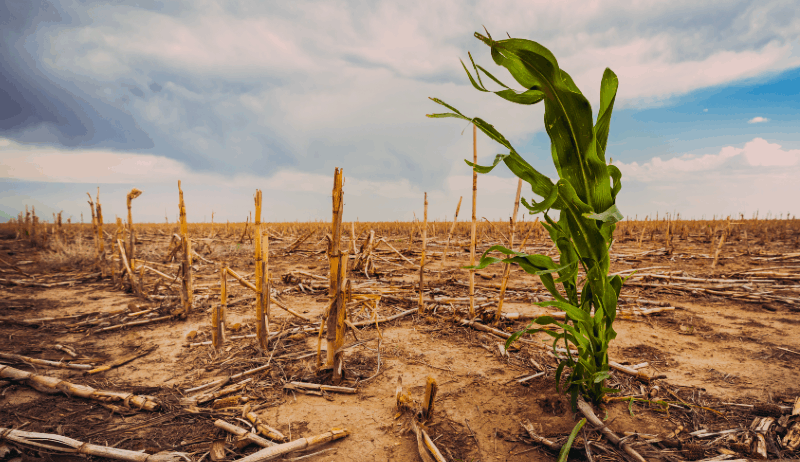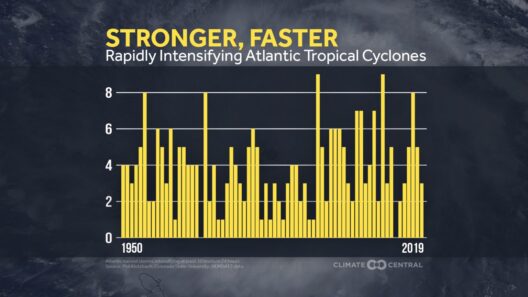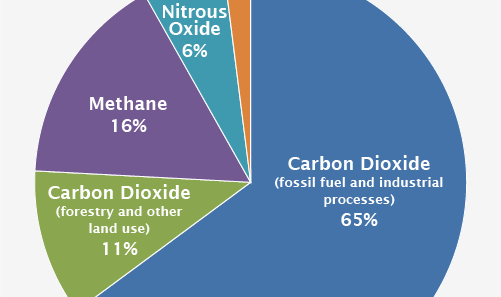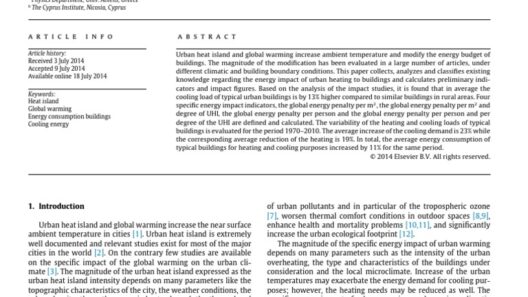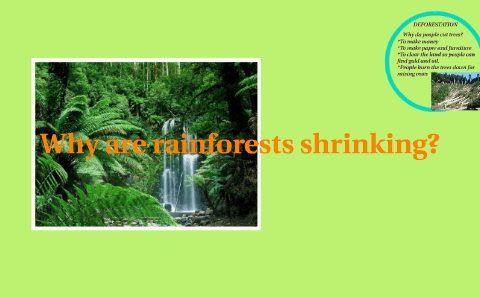As the sun rises ever more brightly in a world struggling against the grips of climate change, the shadows of hunger lengthen. When we speak of global warming and its far-reaching effects, food security emerges as a paramount concern, one that reverberates through the very fabric of society. As temperatures rise, the thread that binds our agricultural systems stretches taut, precariously teetering on the brink of rupture. This, however, is not merely an agricultural dilemma; it is a manifestation of a global crisis that demands immediate attention and action.
Temperatures have escalated to levels unprecedented in recorded history, creating a domino effect that devastates crops. The Earth, once a self-regulating mechanism, now seems disoriented, its climatic patterns altered. This shift is akin to a conductor losing tempo in a symphony, leading to discord among the various instruments of agriculture. Droughts, floods, and extreme weather phenomena are no longer anomalies; they have become the new normal. This metamorphosis in climate patterns significantly hampers the yields of staple crops, putting the food security of millions in jeopardy.
The relationship between climate change and food security is intricate and multifaceted. It is as though we are watching a painter’s canvas transform under the scorching sun, colors blurring and merging into confusion. Rising temperatures ignite the frequency and intensity of heatwaves, compelling crops to bear the brunt of this relentless assault. Plants, much like humans, experience stress under such conditions, resulting in reduced growth and diminished yields. The once-verdant fields, synonymous with abundance, begin to reflect a harsher reality.
Furthermore, increased carbon dioxide in the atmosphere may sound harmless, almost innocuous. Yet, this surplus alters plant physiology in ways detrimental to nutritional quality. While some crops may thrive in higher CO2, the micronutrient content—essential for human health—diminishes. Iron, zinc, and protein levels in staple foods such as wheat, rice, and legumes could be diminished, resembling a masquerade where the ostensible bounty belies the nutritional deficiency hidden beneath the surface. This phenomenon places vulnerable populations, particularly in low-income regions, at significant risk of malnutrition.
The agricultural sector, once a bastion of resilience, is now besieged by geopolitical instability exacerbated by climate change. As food scarcity looms on the horizon, conflicts over resources have transformed into a veritable tempest. Regions already characterized by socio-economic fragility grapple with the compounded stressors of drought and political unrest. The arid lands of the Sahel, for instance, offer a stark illustration of how climate-induced stress can lead to violent conflict over dwindling resources, thus ensnaring communities in a cycle of poverty and hunger.
The specter of food insecurity is particularly haunting for marginalized demographics. Smallholder farmers, who constitute the backbone of agricultural production in developing nations, are disproportionately affected by these shifting climatic conditions. With limited access to adaptive technologies and financial resources, they stand at the precipice of catastrophe. Their livelihoods will reflect not just a personal tragedy but will ripple outward, endangering the intricate web of local economies reliant on agriculture.
As alarming as the realities of hunger and food security may be in a hotter world, there are glimmers of hope that emerge through the haze of despair. Innovations in agricultural practices, such as drought-resistant crop varieties and precision agriculture, present tangible pathways to counter climate challenges. These methodologies, informed by advances in science and technology, could revolutionize food production, enabling a more sustainable future. By adopting agroecological principles—methods that coalesce with natural ecosystem processes rather than fighting against them—we can begin to rewrite the narrative of agricultural vulnerability.
Moreover, global collaboration will be indispensable. The interconnectedness of our food systems means that nations must work in unison to share knowledge, resources, and technologies. Just as rivers flow into the sea, pooling together their distinct waters, so too must we pool our collective efforts to face the tides of food insecurity. International policies aimed at mitigating climate change’s impacts—like the Paris Agreement—serve as vital blueprints for this cooperative endeavor. However, these aspirations must be matched with tangible actions at local and national levels to ensure that they translate into real-world resiliency.
Engaging communities in sustainable practices is perhaps the most crucial element in this endeavor. Education and empowerment transform not just the land but the very individuals who cultivate it. Farmers who understand their ecosystems can adopt approaches that increase productivity while mitigating environmental degradation. Through capacity-building, we can foster a generation of environmentally conscious stewards prepared to tackle the encroaching specters of hunger and climate change.
As we stand on this precipice, the urgency of addressing global warming’s impact on food security cannot be overstated. Hunger in a hotter world is not an inevitability; it can be averted through proactive and innovative strategies. If we collectively rekindle our commitment to nurturing our planet, we can transform adversities into opportunities, turning the tides of hunger into a surging wave of sustainable food production. The health of our planet and the nourishment of humanity depend on our immediate—and resolute—actions. The canvas of our future remains unwritten; it is our responsibility to fill it with resilience, equity, and hope.



